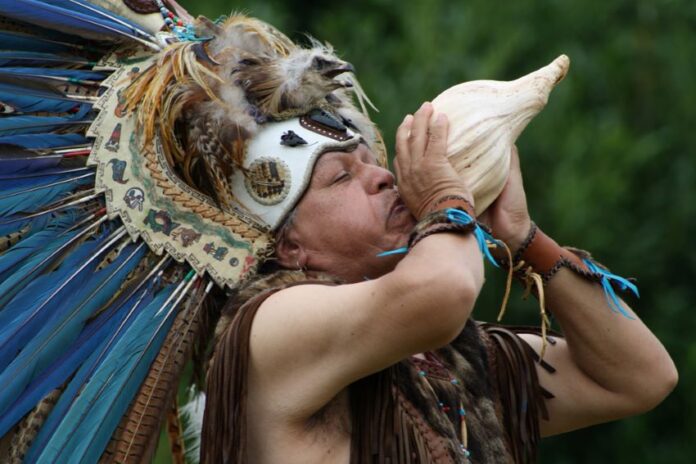Two hours south of Mexico City lies Tepoztlán, a Pueblo Mágico that, in comparison to the capital’s frenetic nature, feels like stepping into “The Jungle Book.” As the city’s gridlocked traffic disappears behind you, making way to the verdant scenery of Morelos, something shifts. The air becomes crisp and clean, nature’s colors brighten and a feeling of tranquility blankets the landscape.
I’ve made this drive many times, and the energetic switch never fails to catch me off guard. Some visitors describe the air as dense, and that’s true: humidity levels are significantly higher than Mexico City, and the surrounding mountains of the Sierra Tepoztlán trap moisture, creating a sensation of thick, tangible atmosphere. Scientists might chalk it up to simple geography, but spend some time here and you’ll quickly understand why so many believe that density is something far more profound.
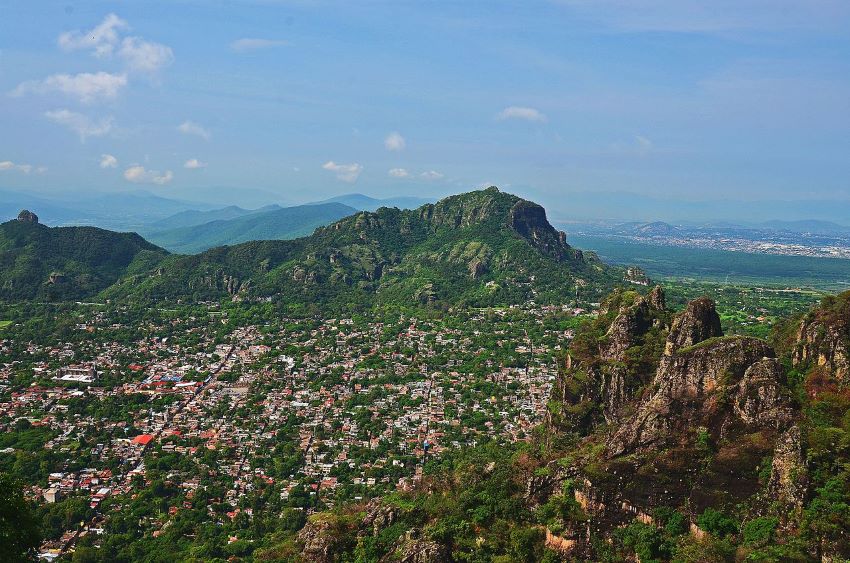
Over the centuries, Tepoztlán has earned its reputation as Mexico’s most powerful spiritual center. But why? What makes this mountain town a spiritual haven for ancient pilgrims and modern day hippies? I set out to find the answer, which turns out to be a mixed bag of ancient legends, sacred sites, and its contemporary role as a premier wellness destination.
The birthplace of Quetzalcoatl
Quetzalcoatl — the “Feathered Serpent” in Nahuatl — remains one of Mesoamerica’s most revered deities, linked to creation, wind, learning and the morning star. He’s most commonly represented as a serpent adorned with vibrant feathers, a symbol of the union between earth and sky and the endless cycles of life and renewal.
According to ancient legend, Quetzalcoatl was born in Amatlán, a mere 15-minute drive from the town Tepoztlán within the same municipality. It’s said that for over 1,000 years, Indigenous pilgrims have trekked these mountains to reach the god’s legendary birthplace. Upon arrival, they would — and often still do — participate in specific rituals for spiritual and personal transformation, including energetic cleansing, musical practices and chanting.
The zone’s sacred caves and natural hot springs continue to attract spiritual seekers today. Don’t miss Poza Nahualatl, a natural pool where Quetzalcoatl is said to have bathed — the water still feels charged with ancient energy.
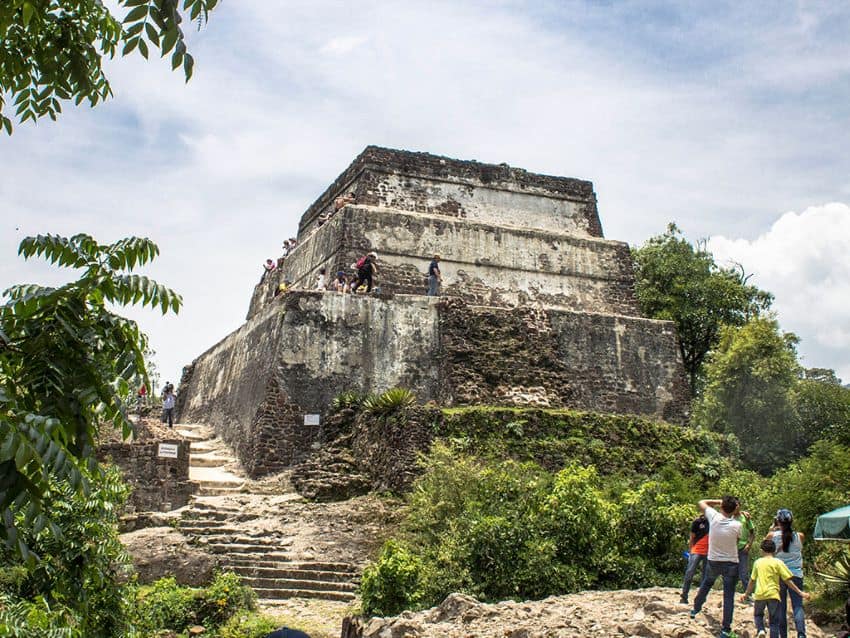
El Tepozteco: The cliffside temple
As a visitor to Tepoztlán, it’s impossible to miss the town’s crown jewel: the soaring Tepozteco Mountain punctuated by dramatic volcanic rock formations and jagged peaks. What many don’t initially notice, however, is the 10-meter-tall pyramid perched atop one of those very peaks like a stone tiara.
Dedicated to Tepoztécatl, a god of pulque, the Tepozteco Pyramid is a pre-Columbian temple often associated with fertility and harvest. This has made the site a major pilgrimage destination, attracting worshippers from Mexico to Guatemala, and it maintains its spiritual significance today.
The hike itself is challenging but deeply rewarding. Depending on the season, you might pass cascading waterfalls, lush tropical vegetation and unique rock formations created by the area’s volcanic origins. The pyramid is dramatically perched on a cliff, offering sweeping panoramas of the valley below.
Living Indigenous traditions
A visit to Tepoztlán isn’t complete without participating in a traditional temazcal ceremony, which you’ll find offered in abundance throughout this Pueblo Mágico. The ancient sweat lodge experience is always led by a local spiritual practitioner, known as a curandero, and begins with an energetic cleansing using the smoke of burning copal resin; some claim this is a New Age incorporation and not traditional to ancient practices.
Once your aura has been properly cleared of negative energy, you’ll focus on your intention and enter the dome-shaped lodge, where temperatures climb to around 105 F. As you sweat profusely in the steamy darkness, your guide will initiate a series of Nahuatl chants, often inviting you to join in calling upon different deities to assist in your figurative rebirth.
The experience is intense, transformative and deeply rooted in traditions that have survived centuries of change. Many visitors describe feeling lighter, clearer and more connected to both themselves and the land afterward.
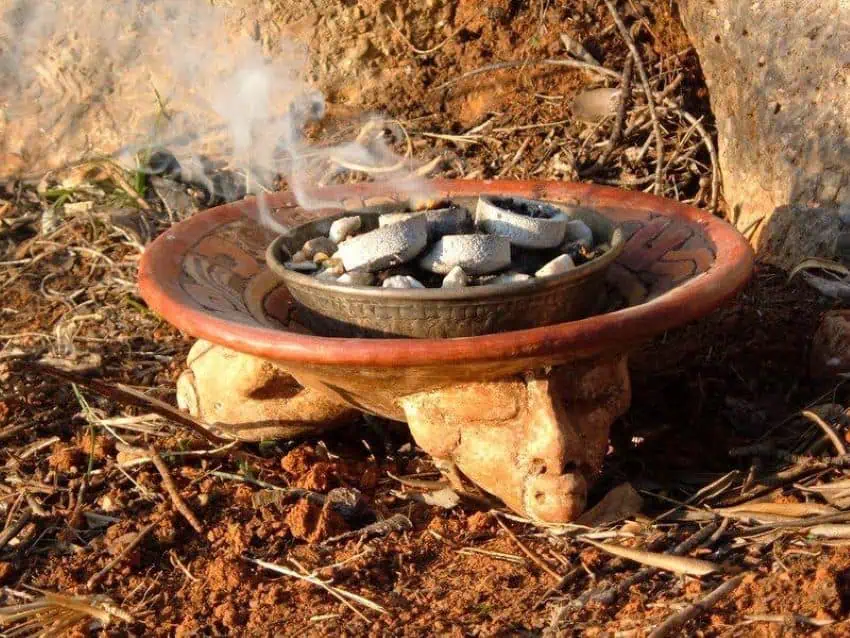
A modern spiritual renaissance
Due to Tepoztlán’s spiritual reputation, dozens of yoga retreats and meditation workshops have flourished here over recent decades. But this isn’t just about downward-facing dogs and breathing techniques. International visitors are drawn to the town’s extensive menu of ancient healing modalities, where plant medicine is often integrated with contemporary healing practices.
Whether you’re seeking chakra alignment, womb healing, sound baths or energy work, Tepoztlán has practitioners who blend Indigenous practices with mainstream wellness approaches. The selection can be overwhelming in the best possible way.
Holistic hotels of every price point dot the lush landscape, from the luxurious Amomoxtli resort to the minimalist Ekko Hostel. Personal transformation can literally be found around every corner. In neighboring Amatlán, Hostal de la Luz stands as perhaps the most prestigious wellness destination — it was designated by the Dalai Lama as a “place of world peace” during his visit to Mexico in 2006, cementing Tepoztlán’s global reputation as a spiritual powerhouse.
The sacred geography of Tepoztlán
To top it off, Tepoztlán’s geographic location is uniquely powerful. Nestled in a valley at about 1,700 meters above sea level, the town is surrounded by three massive mountain ranges that form a natural amphitheater. These mountains, including the striking Tepozteco, create a landscape of dramatic cliffs, hidden ravines and towering peaks that contribute to the area’s palpable energy.
Additionally, the town sits at the intersection of Mexico’s Trans-volcanic Belt and the Balsas Depression, making it a transition zone between two major geological and biogeographical regions: the Tropical Nearctic Zone, extending north, and the Neotropical Zone, which runs south.
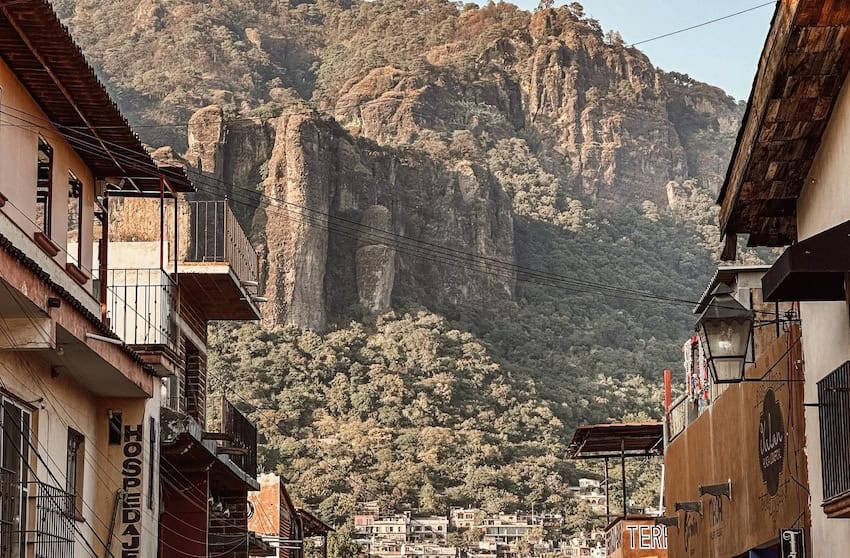
The region’s natural power comes from nearby volcanoes, rivers, lakes, waterfalls and mineral springs. Stand anywhere in the valley and you can tap into its buzzing, electric quality that seems to emanate from the earth itself.
Perhaps just as importantly, the people of Tepoztlán have maintained a strong collective identity and commitment to preserving their sacred spaces as a community. There’s a deep intergenerational belief in the sacredness of these mountains and Indigenous placemaking practices. The community has actively resisted commercial development projects that threaten their environment and traditions, such as the longstanding opposition to the widening of the La Pera-Cuautla highway. They’ve also managed to keep chain stores and mass tourism at bay: you won’t find even an Oxxo in downtown Tepoztlán.
Why Tepoztlán reigns as Mexico’s spiritual center
After spending time in this mystical valley, it becomes clear why Tepoztlán has earned its reputation as Mexico’s most powerful spiritual center. The town represents a rare convergence of elements that can’t be replicated anywhere else. From its ancient origins as the legendary birthplace of Quetzalcoatl to its almost supernatural geography and the preservation of Indigenous traditions, Tepoztlán has managed a rare feat: maintaining a harmonious balance of ancient wisdom, natural power and contemporary healing.
Whether you come seeking transformation, spiritual awakening or simply a deeper connection to something larger than yourself, this mystical mountain town delivers an experience that will stay with you long after you leave its protective embrace.
Bethany Platanella is a travel planner and lifestyle writer based in Mexico City. She lives for the dopamine hit that comes directly after booking a plane ticket, exploring local markets, practicing yoga and munching on fresh tortillas. Sign up to receive her Sunday Love Letters to your inbox, peruse her blog or follow her on Instagram.
